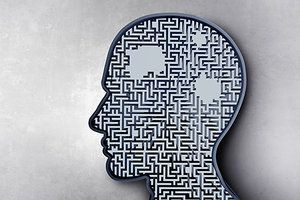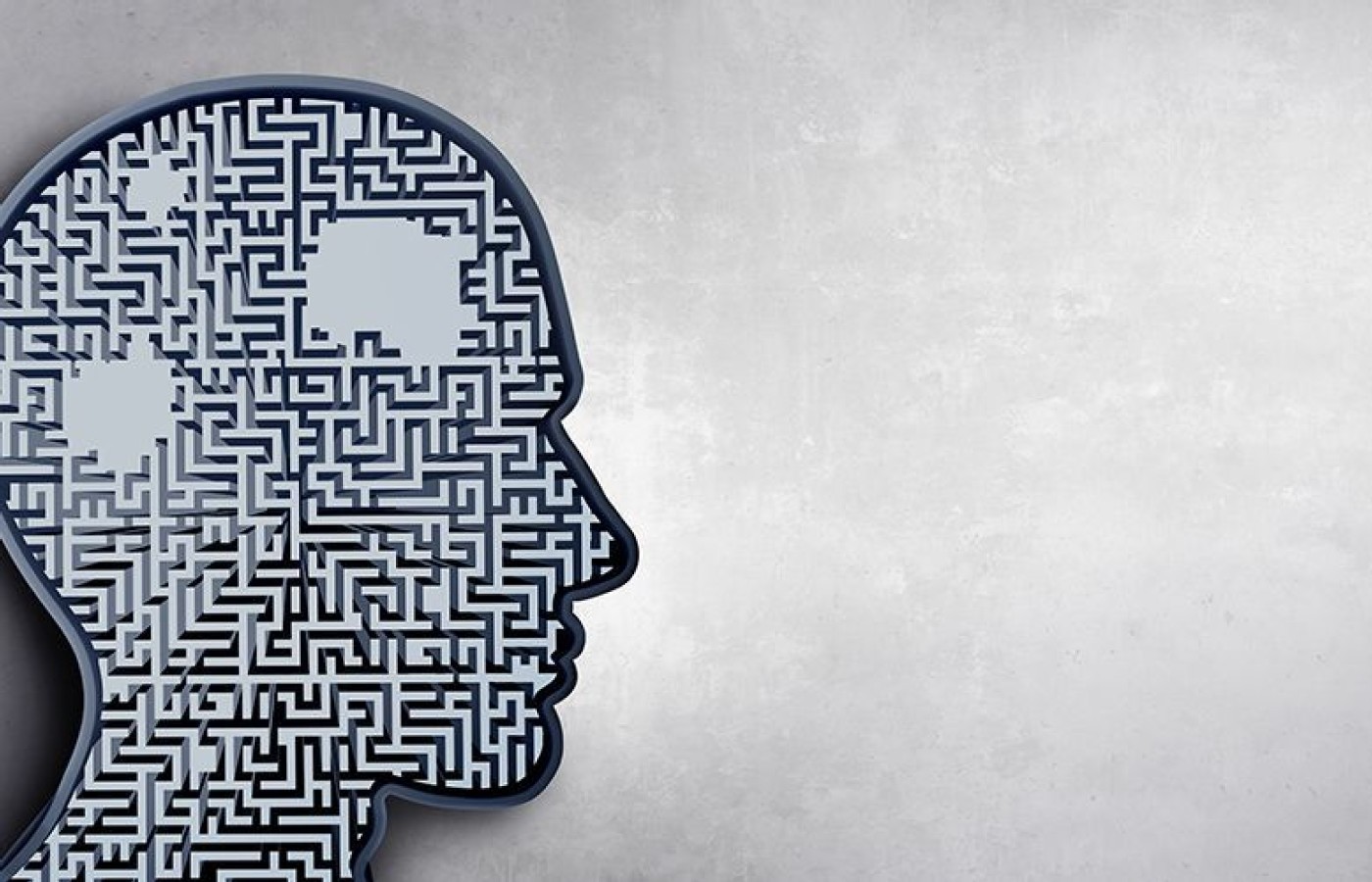Whether you accept it, avoid it or live somewhere in between, insurance coverage has become a defining issue for our profession. Patients increasingly expect to use their benefits, practitioners want to be compensated fairly for their time and expertise, and the system itself remains – at best – fragmented. The encouraging news is that coverage has expanded in meaningful ways. The challenging news is that reimbursement, across the board, remains inadequate.
Acupuncture and Dementia: A Scalp Acupuncture, Neuroimaging-Based Protocol
Dementia is a worldwide health challenge. Psychotropic medications bring relief – but also dangers – to the dementia population. Thus, nonpharmacologic therapies to manage behavioral and psychological symptoms of dementia (BPSD) are needed with urgency.1
Acupuncture has demonstrated effectiveness in symptomatic treatment and cognitive dysfunction treatment, even better than antipsychotics.2 When it is used in combination with psychotropic drugs, the effective rate based on BPSD symptoms is significantly higher than if psychotropic drugs are used alone.3
The following symptoms are well-managed by acupuncture: activities of daily living, agitation, anxiety, depression, mood, neuropsychological disturbances, and sleep disturbances.1 Acupuncture may also reduce the risk of dementia in depression and stroke patients.4-5

Based on animal research, acupuncture improves cognitive function through attenuating cerebral neuron oxidative stress, apoptosis and neuroinflammation, and regulating glucose metabolism and neurotransmitters. The cognitive function benefit may also include synaptic plasticity and blood vessel function protection.6
While high-quality clinical trials are limited, the benefit of acupuncture need to be evaluated with care due to the complexity of dementia and the diversity of acupuncture methods to ensure acupuncture serves as a safe and well-tolerated non-pharmacologic therapy for this special population.
The Scalp Acupuncture Protocol
Traditionally, scalp acupuncture is used to treat cerebral diseases such as paralysis, aphasia, multiple sclerosis, automobile accidents, and Parkinson's disease. Its effectiveness has also been observed in treating loss of balance, loss of hearing, dizziness and vertigo.7
The majority of research on acupuncture and dementia has used traditional acupuncture points, with acupoints on the scalp often selected. Scalp acupuncture and dementia studies are emerging.
Dr. J.H. Cao and her team8 has proposed a neuroimaging-based scalp acupuncture formula as the base formula for the dementia population. There are three methods used:
- Method 1: Identifying dementia-associated surface cortical regions for scalp acupuncture using meta-analysis
- Method 2: Identifying dementia-associated surface regions from resting-state functional connectivity analysis
- Method 3: Identifying dementia-associated surface regions from diffusion tensor imaging (DTI) analysis
These three methods are combined to identify brain regions that are highly correlated with dementia and the target areas of treatment, such as the medial / dorsolateral prefrontal cortex (mPFC / dlPFC), the middle temporal gyrus (MTG), the superior temporal gyrus (STG), the temporal pole (TMP), the supplementary motor area (SMA), the inferior occipital gyrus (IOG), and the precuneus (PCu).8
In addition, by integrating the 10-20 electroencephalogram (EEG) system, the international standard scalp acupuncture system, and scalp acupoints, specific scalp acupuncture points of the target areas can be identified and grouped into two scalp acupuncture prescriptions, to be applied alternately to avoid treatment resistance:8
- A: Lines from F3 to C3, and from T3 to P3, Shenting (GV 24), and Benshen (GB 13)
- B: Lines from F3 to T3, from P3 to T5, MS 5 (Dingzhongxian), Sishencong (EX-HN 1), Xuanli (GB 4), Qubin (GB 7)
Author's Note: Please refer to the original paper for figures of prescription A and B. Link: https://doi.org/10.3390/jcm9082477. F3, C3, T3, P3, P5 points are where EEG electrodes are positioned, which are found with a tape measure after referencing specific anatomical landmarks. The rough equivalent acupuncture points are identified based on my limited self-research. (See Table)9
Key Points of 10-20 EEG System | Correlating Acupoint | Targeted Brain Region for Dementia |
| F 3, 4 | GB 4 (Hanyan) | mPFC / dlPFC (medial / dorsolateral prefrontal cortex |
| Fz | Between DU 21 (Qianding) and DU 22 (Xinhui) | |
| T 3, 4 | TW 20 (Jiasun) or between GB 7 (Qubin) and GB 8 (Shuaigu) | MTG (middle temporal gyrus), STG (superior temporal gyrus) and TMP (temporal pole) |
| C 3, 4 | GB 18 (Chengling) | SMA (supplementary motor area) |
| P 3, 4 | EX-HN 1 (Sishencong) | SPL (superior parietal lobule) |
| Pz | Between DU 19 (Houding) and Du 18 (Qiangjian) | PCu (precuneus) |
| O 1, 2 | GB 19 (Naokong) or BL 9 (Yuzhen) | IOG (inferior occipital gyrus) |
Translating the neuroimaging-based protocols into traditional acupuncture points (while recognizing the possibility of potential translation errors), the two protocols would be:
- A: Line 1 from Hanyan (GB 4) to Chengling (GB 18); line 2 from Jiasun (TW 20) [between Qubin (GB 7) and Shuaigu (GB 8)] to Sishencong (EX-HN 1), Shenting (GV 24) and Benshen (GB 13)
- B: Line 1 from Hanyan (GB 4) to Jiasun (TW 20) [between Qubin (GB 7) and Shuaigu (GB 8)]; line 2 from Sishencong (EX-HN 1) to between Fubai (GB 10), Naokong (GB 19), Dingzhongxian) (MS 5), Sishencong (EX-HN 1), Xuanli (GB 4), Qubin (GB 7)
Expanding Acupuncture Options for the Dementia Population
In reviewing the most recent 13 acupuncture and dementia clinical trials with free full-article access from PubMed, 40 total acupuncture points, including two ear acupoints, are used. Only one study used the surrounding area of the projection zone on the scalp of the affected side, based on the focus shown by cranial CT.
While nine of the 40 acupuncture points are on the scalp [Baihui (Du 20), Sishecong (EX-HN1), Fengchi (GB 20), Shenting (Du 24), Yintang (EX-HN3), Fengfu (Du 16), Taiyan (EX-HN5), Benshen (GB 13), and Wanggu (GB 12)], the most frequently selected acupoints are: GV 20 (9/13 studies), Sisehncong and GB 20 (6/13) and St 36 (5/13).10-22
Dr. Cao's work8 identified additional target areas in comparison with points used in clinical trials and textbook guidelines. Dr. Cao compared the brain regions identified in this study with the scalp acupuncture treatment guidance from the textbook Acupuncture Therapeutics, 2nd Edition (China Press of Traditional Chinese Medicine, 2007)l other than mPFC, SMA, IFG, PreCG, PoCG, STG, and TMP regions MTG were shared in common, The dlPFC, MFG, SFG, PCu, SPL, and IOG are included, which are particularly relevant areas to dementia with supportive evidence from other investigators.8 (Cao, 2020)
Current and new acupuncture protocols need to be validated with clinical trials/studies on dementia. There are different reasons why the efficacy of acupuncture for dementia is not established despite significant clinical evidence of benefits.23
Incorporating these additional brain regions into acupuncture dementia treatments will advance our treatment efficacy, benefit patients, and enhance our understanding of the brain network involved in dementia.
References
- Harris ML. Acupuncture and acupressure for dementia behavioral and psychological symptoms: a scoping review. Western J Nurs Res, 2020;42(10):867-880.
- Perng CH. The treatment of cognitive dysfunction in dementia: a multiple treatments meta-analysis. Psychopharmacol, 2018;235(5):1571-1580.
- Kwon CY. Acupuncture for behavioral and psychological symptoms of dementia: a systematic review and meta-analysis. J Clin Med, 2021;10(14):3087.
- Chen KY. Acupuncture treatment is associated with a decreased risk of dementia in patients with depression: a propensity score-matched cohort study. Neuropsych Dis Treat, 2021;17:3255-3266.
- Chu SA. Acupuncture may decrease the incidence of post-stroke dementia: a Taiwan nationwide retrospective cohort study. Front Neurol, 2021;12:657048.
- Ye YZ. Mechanisms of acupuncture on vascular dementia - a review of animal studies. Neurochem Int, 2017;107:204-210.
- Hao JJ. Review of clinical applications of scalp acupuncture for paralysis: an excerpt from Chinese Scalp Acupuncture. Global Adv Health Med, 2012;1(1):102-121.
- Cao JH. Neuroimaging-based scalp acupuncture locations for dementia. J Clin Med, 2020;9(8):2477.
- 10-20 System for EEG.
- Jia YZ. Acupuncture for patients with mild to moderate Alzheimer's disease: a randomized controlled trial. BMC Comp Alt Med, 2017;17(1):556.
- Wang SY. Efficacy and safety assessment of acupuncture and nimodipine to treat mild cognitive impairment after cerebral infarction: a randomized controlled trial. BMC Comp Alt Med, 2016;16(1):361.
- Shi GX. Acupuncture for vascular dementia: a pragmatic randomized clinical trial. Scient World J, 2015;2015:161439.
- Zheng WS. Modulation of functional activity and connectivity by acupuncture in patients with Alzheimer disease as measured by resting-state fMRI. PloS One, 2018;13(5):e0196933.
- Zhang JK. Acupuncture for amnestic mild cognitive impairment: a pilot multicenter, randomized, parallel controlled trial. Medicine, 2021;100(46):e27686.
- Jeong JH. Investigation of combined treatment of acupuncture and neurofeedback for improving cognitive function in mild neurocognitive disorder: a randomized, assessor-blind, pilot study. Medicine, 2021;100(37):e27218.
- RodrÃguez-Mansilla J. Ear therapy and massage therapy in the elderly with dementia: a pilot study. J Trad Chin Med, 2013;33(4):461-467.
- Chen LP. Clinical research on comprehensive treatment of senile vascular dementia. J Trad Chin Med, 2011;31(3):178-181.
- Liu Q. Effects of acupuncture on hemorheology, blood lipid content and nail fold microcirculation in multiple infarct dementia patients. J Trad Chin Med, 2004;24(3):219-223.
- Zhao LZ. Electroacupuncture on the head points for improving gnosia in patients with vascular dementia. J Trad Chin Med, 2009;29(1):29-34.
- Kwan RY. Acupressure for agitation in nursing home residents with dementia: study protocol for a randomized controlled trial. Trials, 2014;15:410.
- Lun XY. Effects of CT-localized scalp round-needling on the blood rheology, NO and NOS of patients with multiple infarctional dementia. J Trad Chin Med, 2006;26(2):92-96.
- Zhang HZ. Clinical observation on effect of scalp electroacupuncture for mild cognitive impairment. J Trad Chin Med, 2013;33(1):46–50.
- Zhang NS. [Quality of RCTs of acupuncture for vascular dementia.] [Article in Chinese.]. Zhongguo Zhen Jiu [Chinese Acupuncture & Moxibustion], 2020;40(8):902–906.



